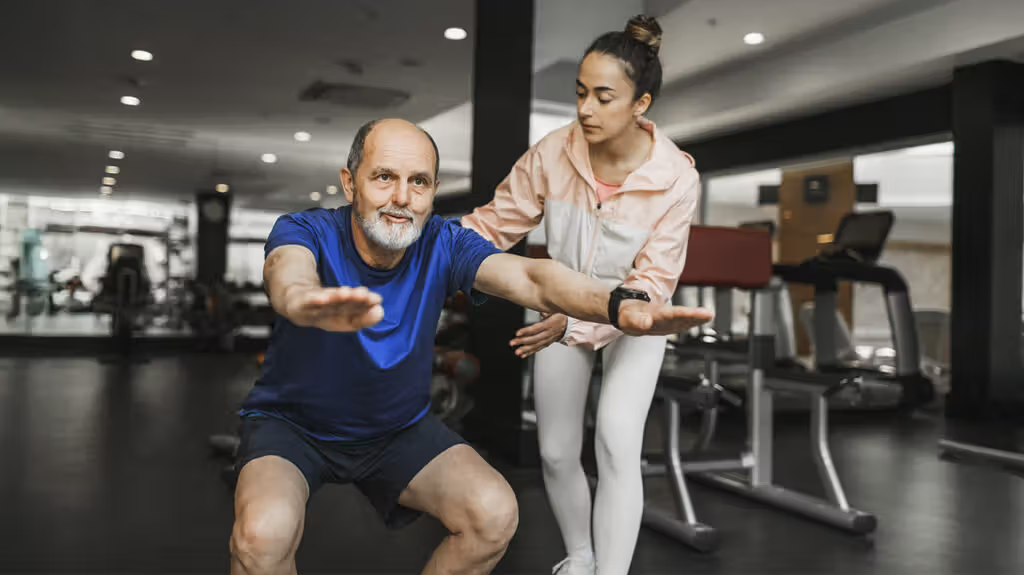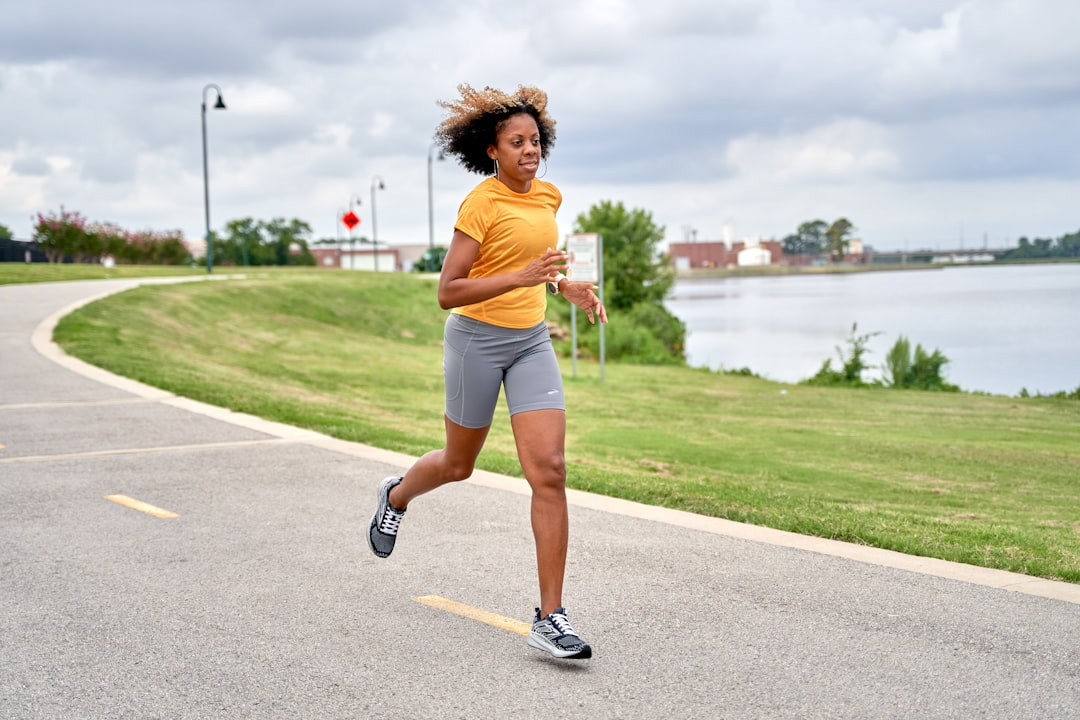In 2025, power training—exercises that focus on strength applied quickly—is emerging as a pivotal fitness trend, especially for aging adults. Unlike traditional strength training, power training emphasizes rapid, explosive movements, which are crucial for everyday activities like climbing stairs or preventing falls. Research indicates that muscular power declines more rapidly with age than strength, making it a more accurate predictor of mortality. Incorporating exercises such as jumping, sprinting, and fast-paced resistance movements can enhance coordination, balance, and overall functional health.
The appeal of power training lies in its efficiency and adaptability. Simple routines like stair climbing, skipping, and resistance training with quick execution can effectively build power without the need for extensive equipment. This approach is less taxing than traditional workouts and is particularly beneficial for older adults seeking to maintain independence and reduce the risk of injury. Moreover, engaging in power-centric activities like medicine ball throws or sled pushes can further reinforce power development, contributing to a healthier and more agile lifestyle.
Fitness professionals are increasingly recommending power training as part of a comprehensive exercise regimen. By integrating these exercises into regular workouts, individuals can improve their quality of life and physical capabilities. As the fitness industry continues to evolve, embracing power training reflects a shift towards functional, longevity-focused fitness strategies that cater to the needs of an aging population






